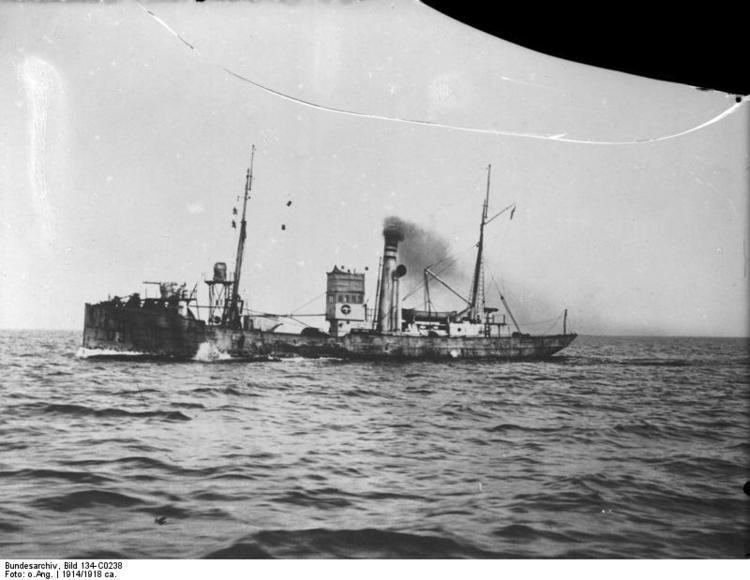 | ||
Vorpostenboot (plural Vorpostenboote), also referred to as VP-Boats, flakships or outpost boats, were German patrol boats which served during both World Wars. They were used around coastal areas and in coastal operations, and were tasked with – among other things – coastal patrol, ship escort, and naval combat.
Warships were not available in sufficient numbers in the Imperial Navy and the Kriegsmarine to control the long coasts of the territories under German rule. For this reason, many different types of smaller craft were modified for use in combat. Most Vorpostenboote were pre-war fishing vessels, yachts or harbour craft. Such vessels were ideal because they were plentiful, and were of simple and robust design, advantageous in rough waters. They were the German equivalent to the trawlers of the Royal Navy. There were several hundred Vorpostenboote active during each World War.
Vorpostenboote typically carried one or two medium-calibre guns (e.g. 88 mm), many light automatic anti-air artillery pieces (20-40mm), and a varying number of machine guns. For anti-submarine warfare they were also fitted with depth charges. Crewed by sixty to seventy men, most of whom were weapons personnel taken from the naval reserve, the Vorpostenboote became particularly feared by the Royal Navy for their firepower and efficiency in battle. While Vorpostenboote were able to engage and defeat light naval forces – such as small motor gun boats – they were not powerful enough to effectively combat destroyers or larger warships.
Some Vorpostenboote (and submarine chasers) were given heavier AA guns and re-rated as Flakjager or Flakkorvetten, but the heaviest armed German AA batteries were converted old warships.
During the Cold War, the German Navy planned to use Vorpostenboote as part of its wartime strategy, in squadrons 122 and 124 of the Navy.
